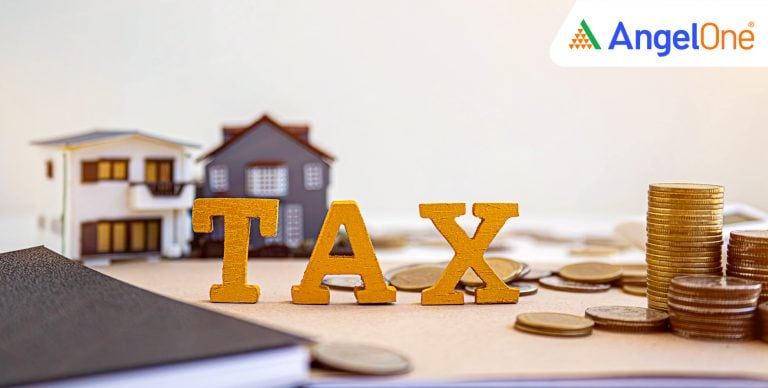
Starting October 1, 2024, a key rule change brought relief to thousands of tenants paying high rents: the TDS (Tax Deducted at Source) rate on house rent payments exceeding ₹50,000 per month was slashed from 5% to 2%.
However, widespread confusion has now surfaced. Many tenants, unaware of the new lower rate, continued deducting TDS at 5% into 2025, leading to excess deductions that are causing friction between landlords and tenants alike.
With the financial year 2024-25 officially closed, taxpayers are scrambling to fix these TDS errors. If you have over-deducted TDS from your rent payments, there’s now a clear way to claim a refund from the Income Tax Department through the TRACES portal.
Here’s a quick guide based on the latest steps issued by the department:
Until September 30, 2024, tenants had to deduct 5% TDS on rent payments exceeding ₹50,000 monthly under Section 194IB of the Income Tax Act.
From October 1, 2024, this rate was officially reduced to 2% to ease tenant cash flows.
Yet, due to delayed updates in TDS software tools and low awareness, many continued deducting at the old 5% rate even after the cut — meaning an extra 3% TDS amount is now stuck.
Adding to the mess, even landlords’ Form 26AS is reflecting TDS credit only for 2% — leaving the excess 3% in limbo.
You essentially have two options:
Given that many landlords prefer not to complicate rental receipts, claiming a refund is quickly becoming the preferred route.
The Income Tax Department has recently issued an e-tutorial for this. Here’s the latest step-by-step process:
Important: If the refund amount exceeds ₹50 lakh, it will require Additional Commissioner (ADC) approval.
Read More: Paying Rent to Family? Here’s How to Stay Out of the Income Tax Department’s Radar in FY 2025-26.
Given the confusion created by the TDS rate cut effective from October 2024, tenants must act quickly to rectify mistakes.
With landlords unable to claim credit for anything beyond 2% (despite higher deductions), following the official refund procedure on TRACES is the cleanest and safest method to recover your excess TDS.
Disclaimer: This blog has been written exclusively for educational purposes. The securities mentioned are only examples and not recommendations. This does not constitute a personal recommendation/investment advice. It does not aim to influence any individual or entity to make investment decisions. Recipients should conduct their own research and assessments to form an independent opinion about investment decisions.
Investments in securities market are subject to market risks, read all the related documents carefully before investing.
Published on: Apr 28, 2025, 2:08 PM IST

Neha Dubey
Neha Dubey is a Content Analyst with 3 years of experience in financial journalism, having written for a leading newswire agency and multiple newspapers. At Angel One, she creates daily content on finance and the economy. Neha holds a degree in Economics and a Master’s in Journalism.
Know MoreWe're Live on WhatsApp! Join our channel for market insights & updates